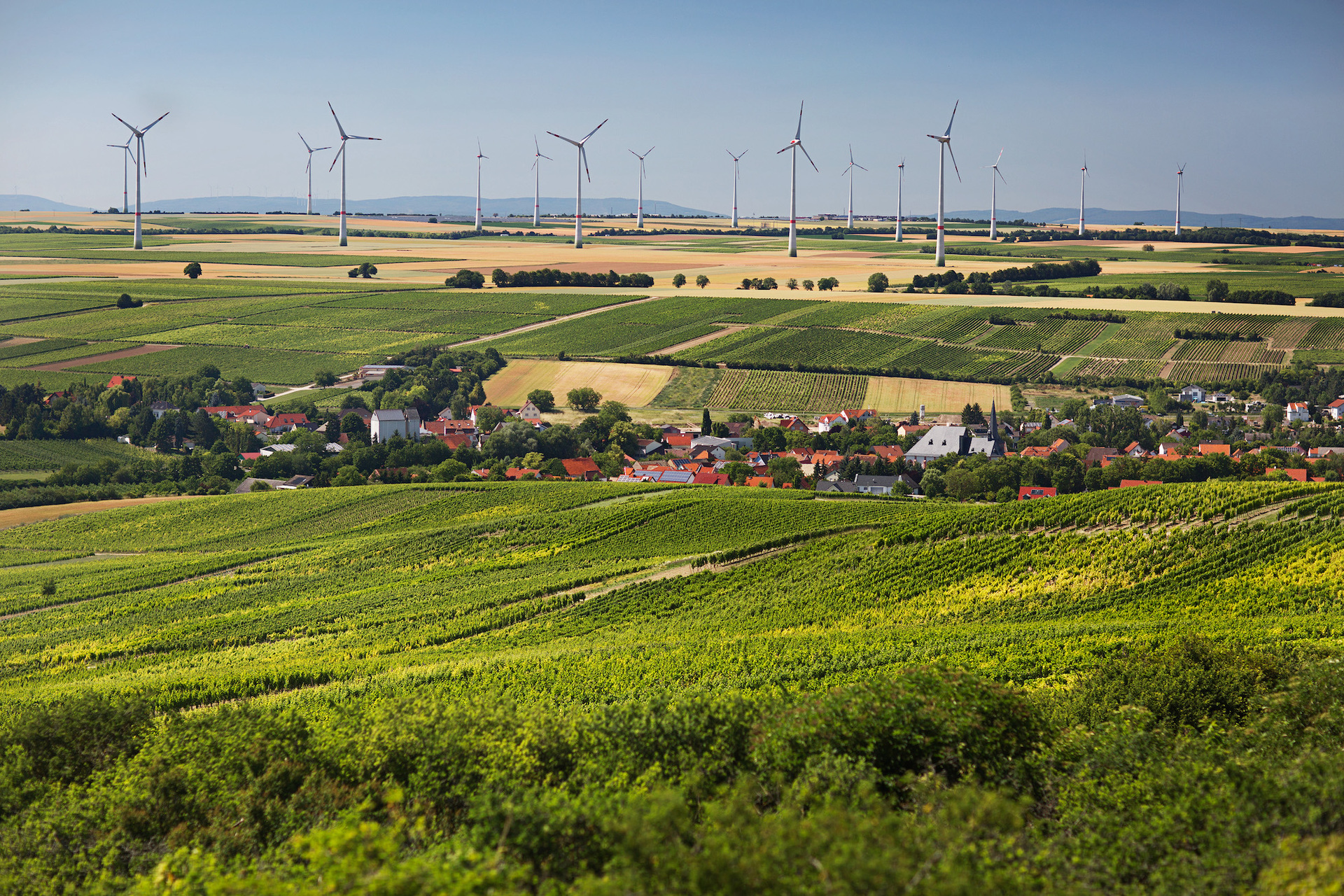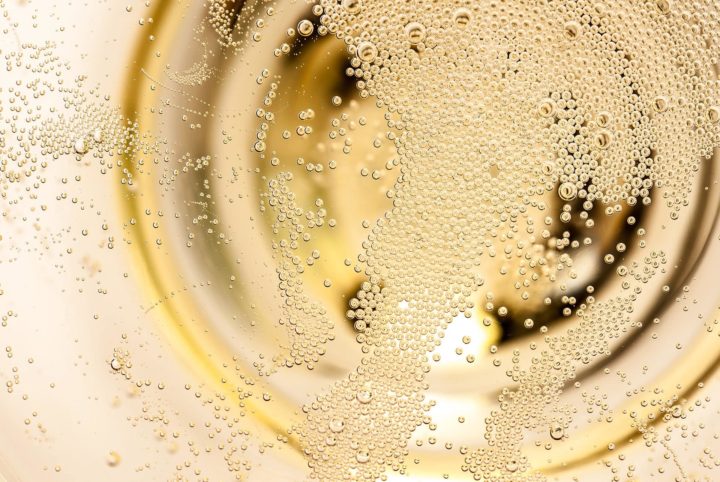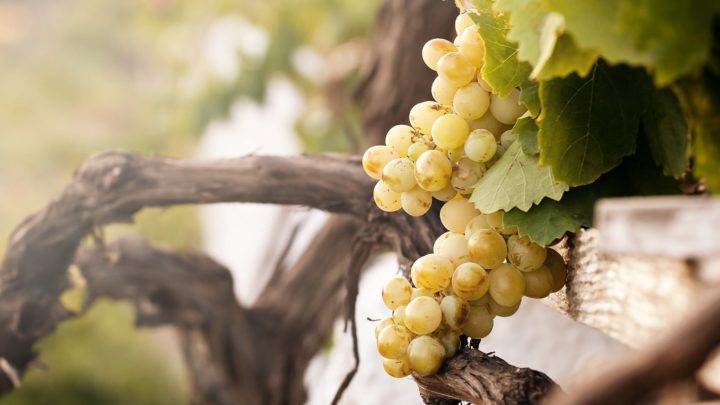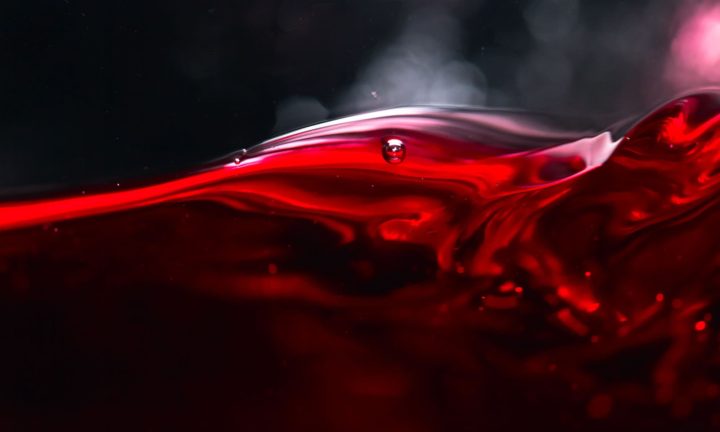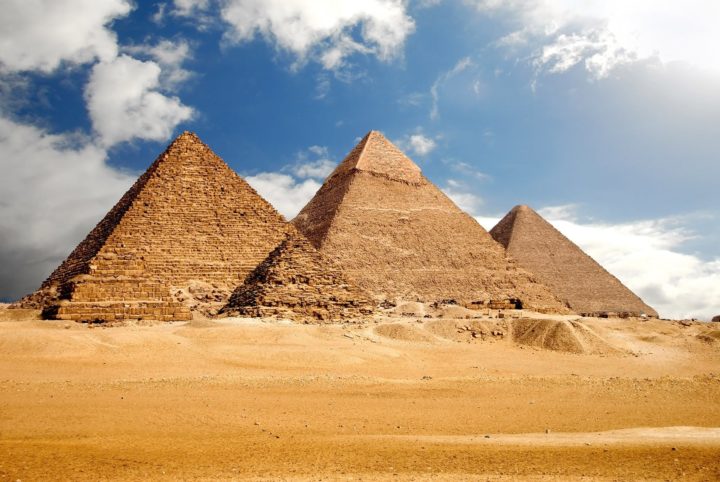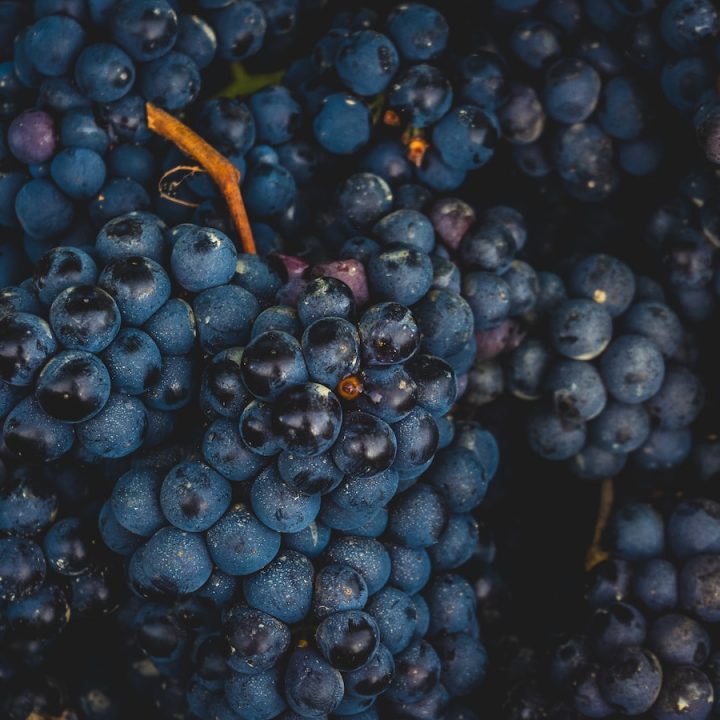Rheinhessen is the largest wine-growing region in Germany. It is located on the left bank of the Rhine in the German state of Rhineland-Palatinate and stretches from Bingen to the south of Worms. The rolling hills and its fertile soils make it an ideal place for viticulture. The region is also affectionately known as the “Land of 1000 Hills” by its fans and residents. Annually, 2.8 million hectoliters of wine are produced here.
The climate in this region is temperate and dry with mild winters and warm summers. Rheinhessen produces mainly white wines and is known especially for its Rieslings and Silvaners. Not least due to the advancing climate change, however, one finds more and more red wine varieties in Rheinhessen, which now account for about 1/3 of the vineyard area. The winegrowers of Rheinhessen deliver, among others, Rieslings and Silvaners at the highest level.
Always worth a visit is the 1405 built Bremen Ratskeller with its traditional restaurant and wine trade. It is one of the oldest wine cellars in Germany and houses the oldest cask wine in Germany dating back to 1653.
The history of the wine region
Rheinhessen can look back on a wine-growing tradition that goes back thousands of years to the time of the Roman occupation. The Romans probably recognized and appreciated the special location and suitability of the region. Later, Charlemagne also recognized Rheinhessen’s special location and suitability as a wine-growing region.
The oldest documented vineyard site in Germany is also located in Rheinhessen – the Niersteiner Glöck. A deed of donation from the year 742, for example, proves that wine growing was already practiced on the Rote Hang at that time. Even today, wine is grown here by the Oppenheim wine domain in the famous site. Thus, the 2.1 hectares of the Weinberslage are now home to organically farmed Riesling and Pinot Noir vines.
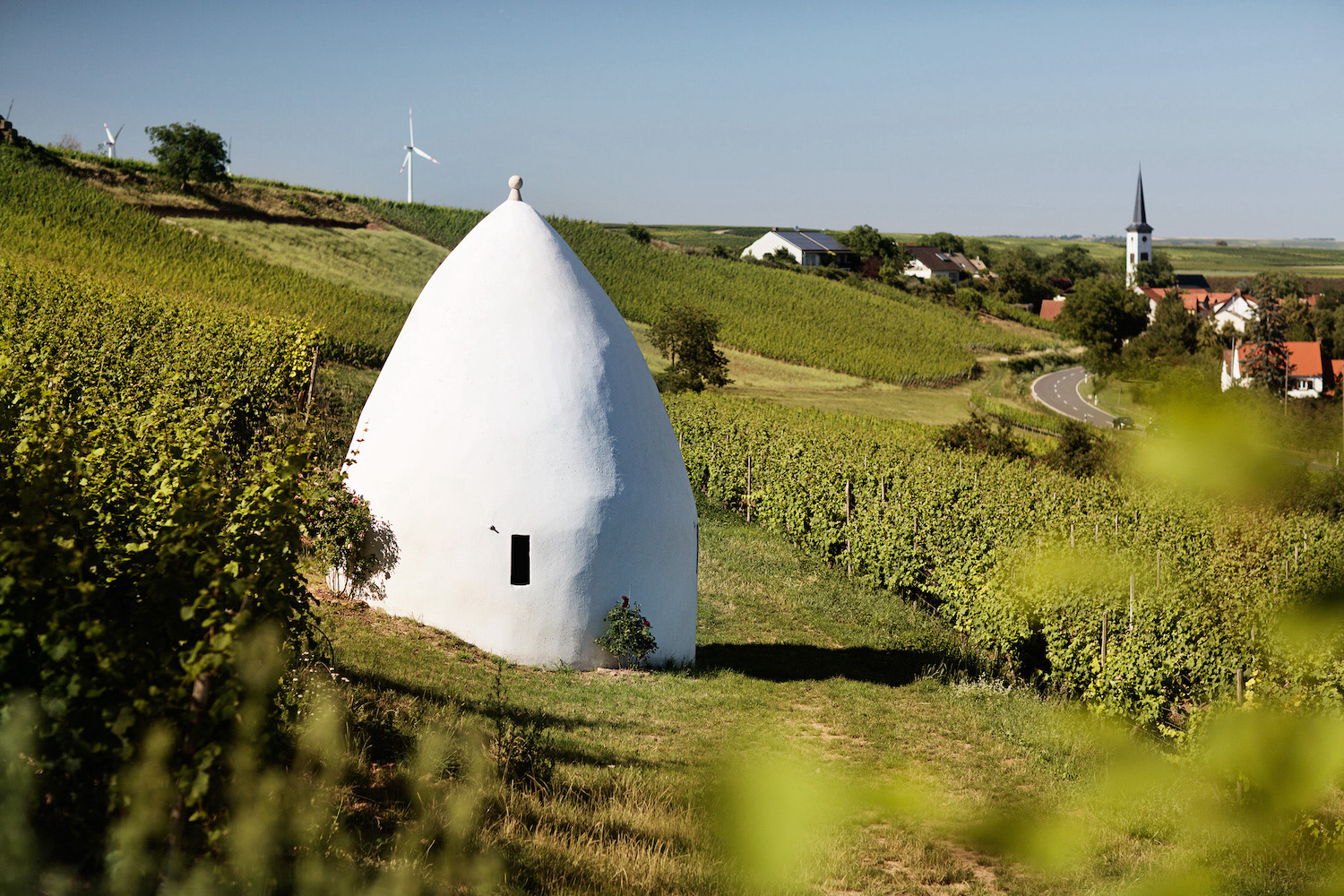
Also in more recent times, Germany’s largest wine-growing region attracted attention. Since 2008, Mainz-Rheinhessen has been a member of the exclusive Great Wine Capitals Network, a network in which only one city or region is included that is considered to be particularly characteristic of the local viticulture.
But the way back to the top was marked by a long lean period from the middle of the last century to the beginning of this millennium. While wines from Rheinhessen still had an international reputation before World War I and were sold at auctions at top prices, from the 1950s onwards there was an increasing focus on mass instead of class, which had a lasting negative impact on the image of German wine.
But since the 1990s at the latest, a new generation of winemakers has been ensuring that German wine regains its old reputation. Rheinhessen wines have long since returned to the top of the international league.
The most popular grape varieties in Rheinhessen
The Rheinhessen region is one of the most important wine-growing regions in Germany. It is located in the German state of Rhineland-Palatinate and borders the Palatinate Forest, which is a part of the larger German low mountain range. The region covers a total area of about 1,400 square kilometers and produces more hectoliters of wine annually than any other German wine-growing region.
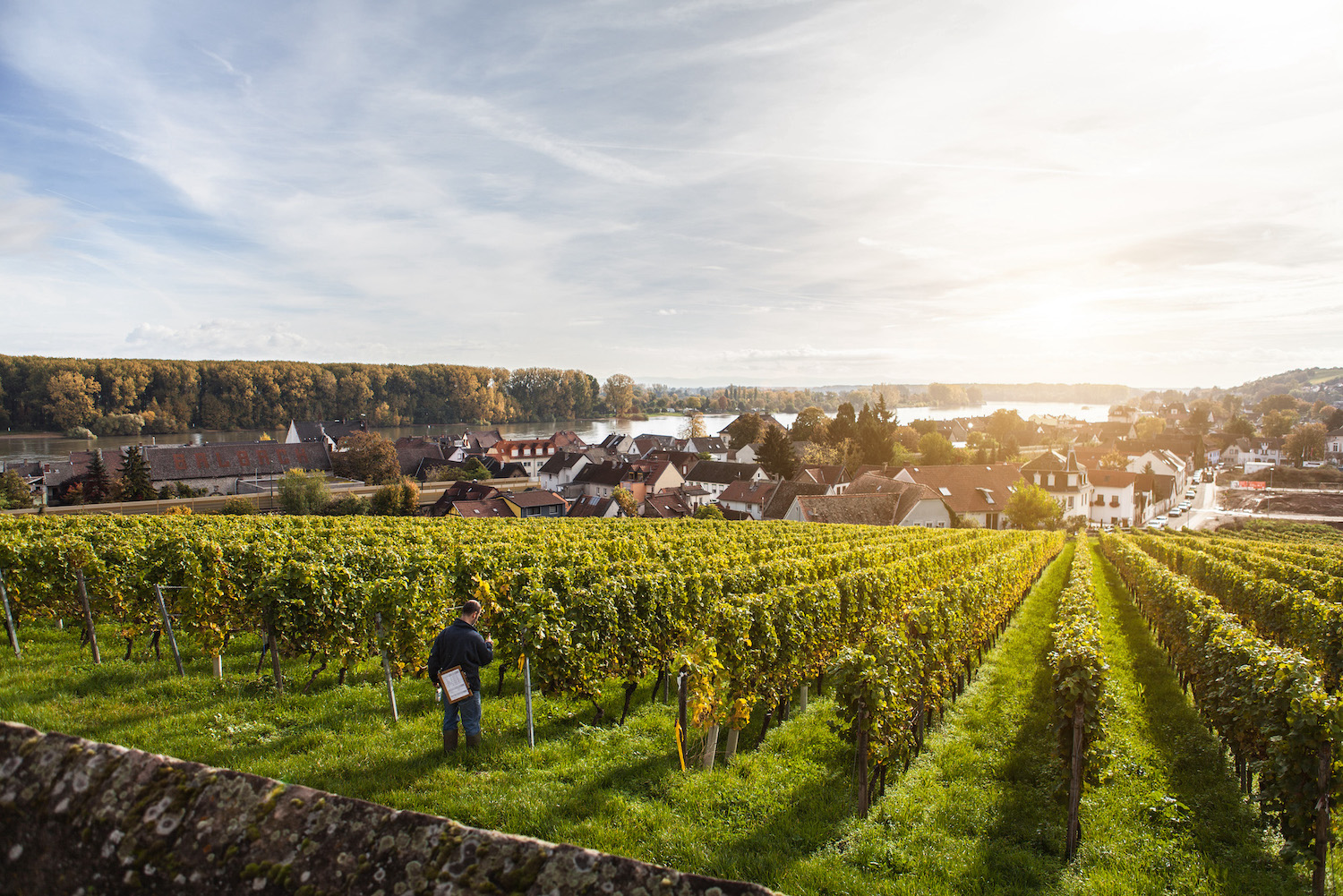
A wide variety of grape varieties are cultivated in the Rheinhessen wine region, with almost 70% of the vineyards planted with white grape varieties.
In recent years, red wine varieties have experienced a real boom, due in no small part to advancing climate change. Especially in the areas around Ingelheim and Wonnegau you can find some of the best red wine sites in Rheinhessen.
White wine varieties
The vineyards of Rheinhessen are mainly planted with white vines. They occupy over 2/3 of the total cultivated area. From them are pressed both high-quality wines for special occasions, as well as uncomplicated wines for everyday life.
Riesling
The most important white grape variety in Germany and the basis of some of the best dry or sweet white wines in the world. Its high acidity and fruity notes of citrus fruits such as lemon or lime characterize the grape variety.
Müller-Thurgau
A white wine variety typical of Rheinhessen and was created in 1882 from the cross between Riesling and Madeleine Royale. Low acidity and aromatic profile of nutmeg and floral hints are typical of his wines.
Silvaner
Grape variety originally from France, grown in this country mainly in the regions of Rheinhessen and Franconia. It is known for its fine acidity and shows a subtle, delicately fruity, floral side in the glass.
Grey Burgundy
A pinkish-greyish mutation of Pinot Noir that is almost always used to make uncomplicated wines. Pinot gris show with a fruity acidity and aromatic profile reminiscent of ripe honey melon, nuts and tropical citrus.
Red wine varieties
Thanks in part to climate change, Germany’s largest winegrowing region has been experiencing a sharp increase in red grape varieties for some time. The most common grape varieties grown here for red wines are:
Dornfelder
Dornfelder is a dark-skinned grape variety that has become the most popular grape in Germany. The grape was first bred by German grape breeder August Herold in the 1950s by crossing the two varieties Helfensteiner and Heroldrebe.
Blue Portugieser
The Blauer Portugieser grape variety is a red wine variety from Lower Styria and has been known since the 18th century. It produces wines with low acidity and low tannin, which makes the variety a good choice for those who are sensitive to these characteristics.
Pinot Noir
Pinot Noir, also known as Spätburgunder in Germany, is a red grape variety that grows best in cool climates – which distinguishes it from many red wine varieties. His wines are known for their fruity character, low alcohol content and low tannins.
Regent
Regent is a relatively new grape variety, developed by Gerhardt Alleweldt in 1967, and is one of the fungus-resistant (PiWi) vines. It is a cross between Diana (Silvaner x Müller-Thurgau) and Chambourcin.
The climate – Dry, mild and in a protected position
The climate in Rheinhessen is an essential factor for wine production. Its geographical location plays a special role in this. Thus, Rheinhessen is one of the four major arid regions in Germany and at the same time one of the sunniest and driest regions in Central Europe with ø 530 mm annual precipitation. However, the deep loess soils store precipitation well and protect the vines from drought damage. The average temperature during the growing season is 17 °C (9 – 10 °C all year round).
No other German winegrowing region comes close to Rheinhessen in terms of sunshine duration either. Thus, Rhine-Hessian vines can look forward to about 1970 hours of sunshine per year.

The region also benefits from the surrounding low mountain ranges. Thus, especially the western Palatinate and the Hunsrück with its mountain ranges protect Rheinhessen from humid westerly winds, since the clouds in the low mountain ranges already lose a large amount of their moisture in the form of rain. At the same time, the Taunus Mountains in the north and the Odenwald Forest and the Hessian Bergstrasse in the east shield the wine region of Rheinhessen from cold air masses.
These peculiarities ensure that Rheinhessen can enjoy a late arrival of autumn, which favors the vegetative phase of the vines.
Soils in Rheinhessen – The base for great wines
The “land of 1000 hills” is characterized above all by its deep soils of loess, sand, marl, limestone, clay and quartzite. The loess soils, which can reach depths of up to 15 meters, are an excellent water reservoir from which the vines benefit in times of drought and which prevent drought stress or even drought damage to the plants.
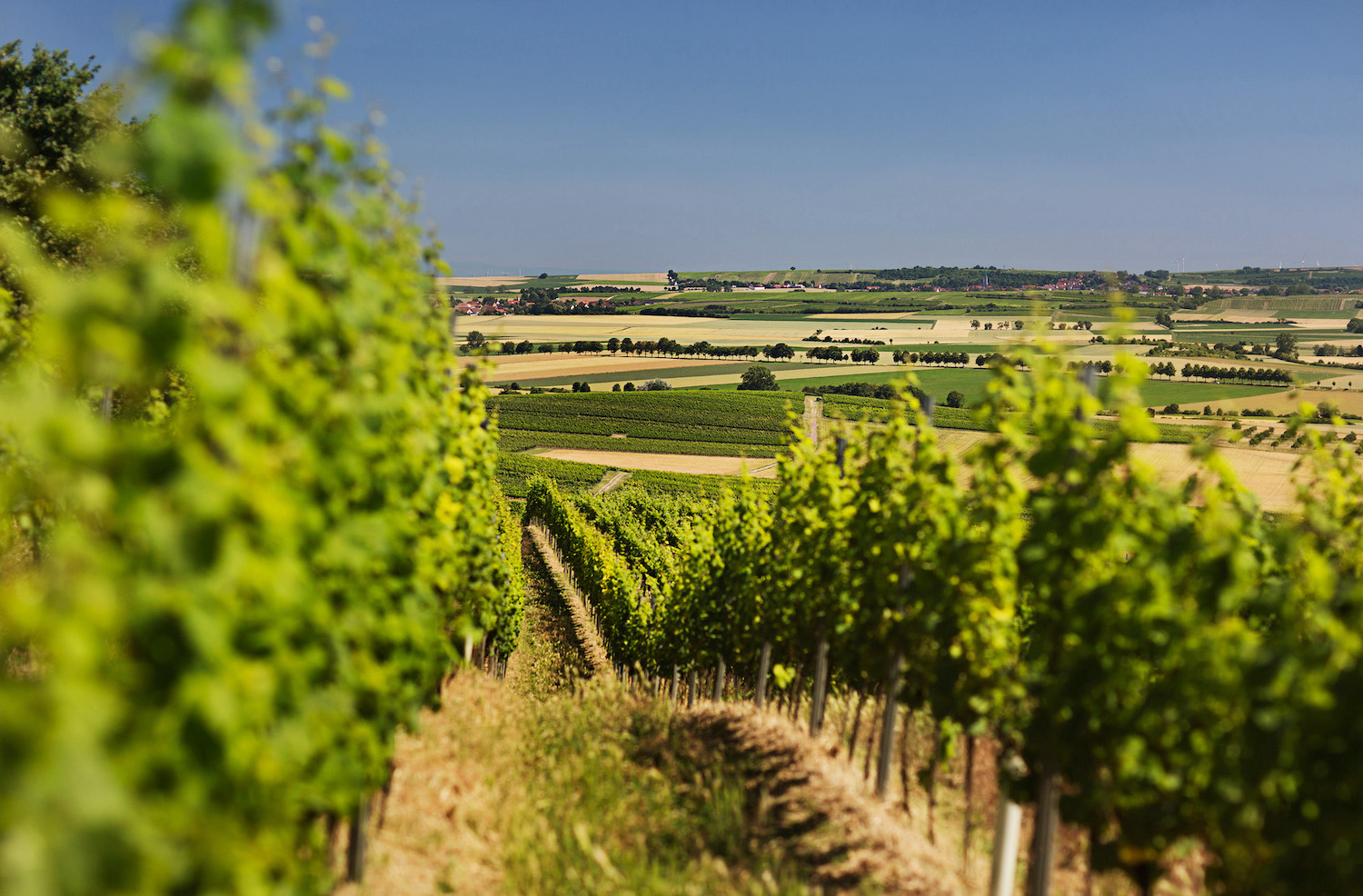
Typical soils of the region
- Loess
- Sound
- Marl
- Sand
- Limestone
- Quartzite
Known sites in Rheinhessen
- Aulerde
- Hare Run
- Heerkretz
- Nierstein bell
- Red slope
- Westhofen fountain house
- Westhofen Morstein
- Worms Liebfrauenstift church piece
Well-known vintners & wineries in Rheinhessen
With over 6000 winegrowers, the winegrowing region of Rheinhessen is home to many top vintners with a worldwide reputation.
- Battenfeld-Spanier
- Bischel Hartmut
- Braunewell
- Dreissigacker
- Gröhl
- J. Neus
- Klaus Keller
- Knewitz
- Kruger hull
- Cooling-Gillot
- Prince Salm
- Kai Schätzel
- St. Anthony
- Wagner stamp
- Simone Adams
Image source Cover image: © DWI (German Wine Institute GmbH)
